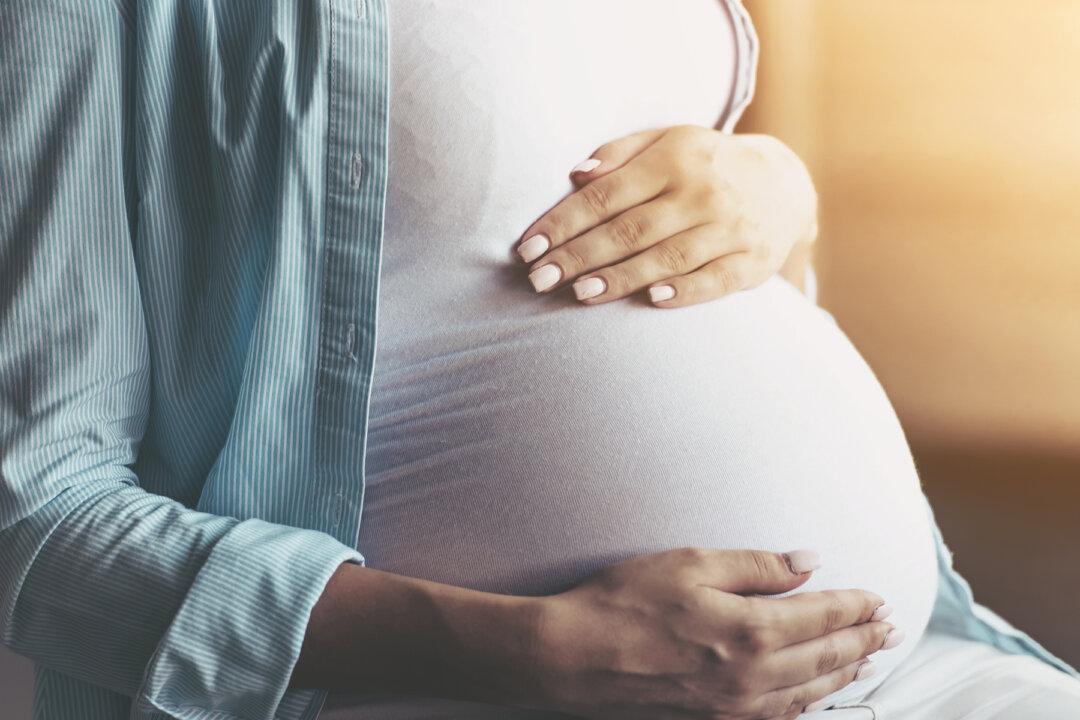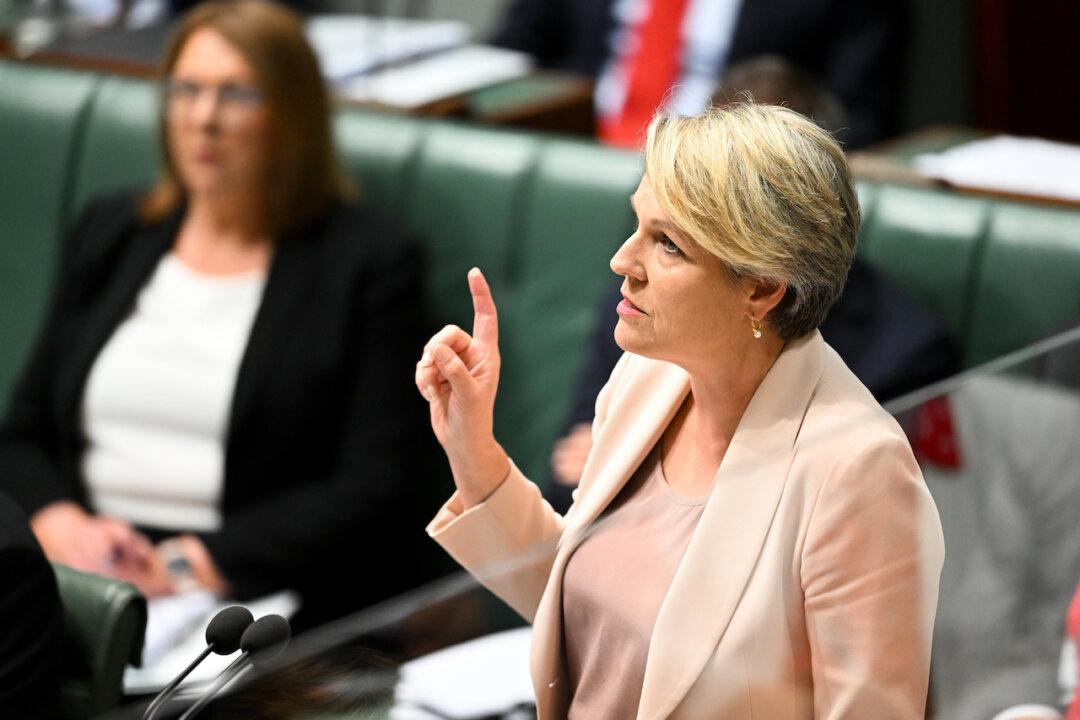A consortium specialising in infant mortality has said an average of six babies die every day in Australia with stillbirth rates remaining high for 20 years.
Red Nose Australia, Stillbirth Centre of Research Excellence (Stillbirth CRE), Stillbirth Foundation of Australia, and Sands Australia have joined together to launch a joint campaign, entitled Still Six Lives, to reduce the number of stillbirths suffered by expectant Aussie parents annually.




